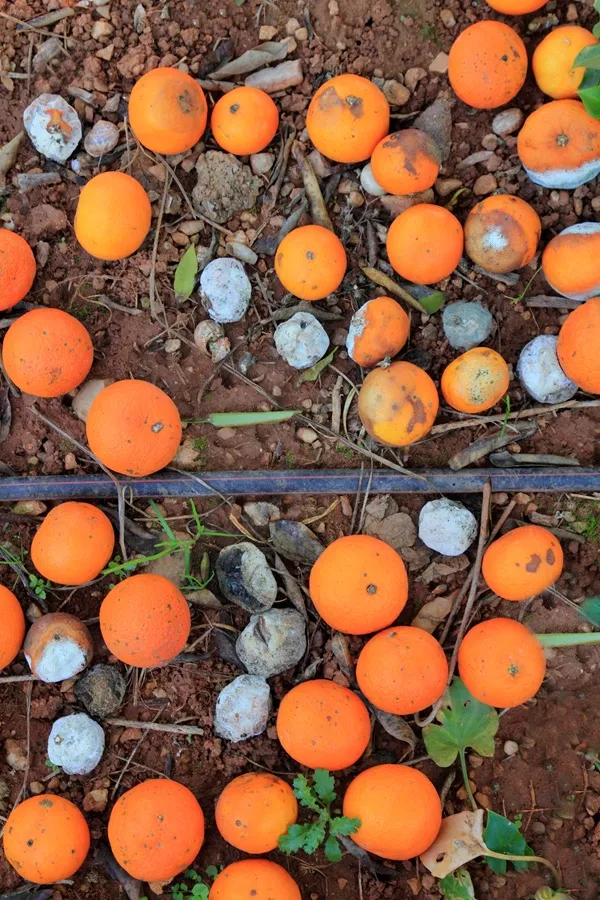Table of Contents
Raspberries: A Burst of Flavor and Nutrition – A Comprehensive Guide
From sun-kissed gardens to gourmet kitchens, raspberries (Rubus idaeus) enchant with their vibrant hues, sweet-tart flavor, and versatility. This article explores their global varieties, health benefits, cultivation practices, culinary uses, and economic impact.
1. Global Varieties of Raspberries
Raspberries are categorized by color and fruiting habits:
- Red Raspberries:
- Heritage: Hardy, everbearing; sweet-tart flavor (North America).
- Tulameen: Large, firm; prized for fresh markets (Europe, North America).
- Black Raspberries:
- Jewel: Intensely sweet; used in jams and wines (USA).
- Golden/Yellow Raspberries:
- Anne: Mild, honey-like; less acidic (Europe, USA).
- Purple Raspberries:
- Brandywine: Hybrid vigor; bold flavor (USA).
2. Taste & Culinary Uses
- Flavor Profile: Sweet-tart with floral undertones; black varieties are richer, golden ones milder.
- Usage:
- Fresh: Salads, yogurt parfaits, or garnishes.
- Baking: Tarts, pavlovas, and muffins.
- Preserves: Jams, jellies, and coulis.
- Savory: Glazes for meats (e.g., duck), or in vinaigrettes.
3. Nutrition & Health Benefits
- Nutritional Value (per 100g fresh):
- Calories: 52 | Fiber: 6.5g (26% DV) | Vitamin C: 43% DV | Manganese: 41% DV
- Glycemic Index (GI): 32 (low), ideal for blood sugar management.
- Health Benefits:
- Antioxidant Powerhouse: Ellagic acid and quercetin combat oxidative stress.
- Heart Health: Anthocyanins improve circulation and reduce LDL cholesterol.
- Digestive Aid: High fiber promotes gut health.
4. Cultivation & Climate Requirements
- Ideal Conditions:
- Climate: Temperate (15–25°C); requires winter chilling (below 7°C for dormancy).
- Soil: Well-drained, loamy; pH 5.5–6.5.
- Pollination: Primarily by bees; self-fertile but cross-pollination boosts yields.
- Challenges: Susceptible to root rot, spider mites, and raspberry beetle.
5. By-Products & Processing
- Juicing: Cold-pressed for nutrient retention; often blended with apple or lemon.
- Dried Raspberries: Dehydrated for snacks or baking; retain 80% antioxidants.
- Seed Oil: Extracted for cosmetics (moisturizers, serums).
- Jellies/Jams: High-pectin content ensures natural gelling.
6. Storage & Preservation
- Fresh:
- Refrigerate unwashed in shallow containers (2–3 days).
- Avoid moisture to prevent mold.
- Freezing:
- Wash, pat dry, freeze on trays; transfer to airtight bags (12 months).
- Drying: Use dehydrators at 60°C for 8–12 hours.
7. Culinary Uses & Quick Recipes
- Raspberry Chia Jam:
- Mash 2 cups raspberries; mix with 2 tbsp chia seeds and 1 tbsp honey. Refrigerate overnight.
- White Chocolate Raspberry Tart:
- Press almond crust into pan; fill with white chocolate ganache and fresh berries.
8. Major Producers, Exporters & Importers
- Top Producers (2023):
- Russia (200,000+ tons; wild and cultivated).
- USA (Washington, Oregon; 120,000 tons).
- Poland (100,000 tons; EU’s largest supplier).
- Leading Exporters: Serbia, Chile, Mexico.
- Key Importers: EU, Canada, Japan.
9. Return on Investment (ROI)
- Costs:
- Initial Setup: $15,000–$25,000/acre (plants, trellises, irrigation).
- Maintenance: Pruning, pest control ($3,000–$5,000/acre annually).
- Yield: 2–5 tons/acre (higher for everbearing varieties).
- Profitability: Fresh berries sell for $4–$8/kg; organic commands 30% premiums.
10. Challenges & Innovations
- Pests/Diseases: Raspberry cane borer, verticillium wilt.
- Solutions: Resistant cultivars (e.g., Polka), biocontrol insects.
- Sustainability: Hydroponic systems, solar drying, and pollinator habitats.
Conclusion
Raspberries, with their delicate structure and bold flavor, are a testament to nature’s brilliance. From Polish forests to Pacific Northwest farms, they thrive in temperate climates and elevate both sweet and savory dishes. As demand for superfoods grows, sustainable practices and innovation ensure raspberries remain a global favorite.
Pro Tip: Freeze overripe raspberries for smoothies or sauces to minimize waste!
Savor the ruby-red allure of raspberries – a jewel of the berry world. 🍇








